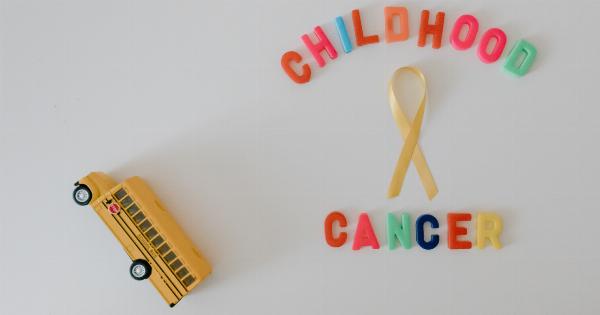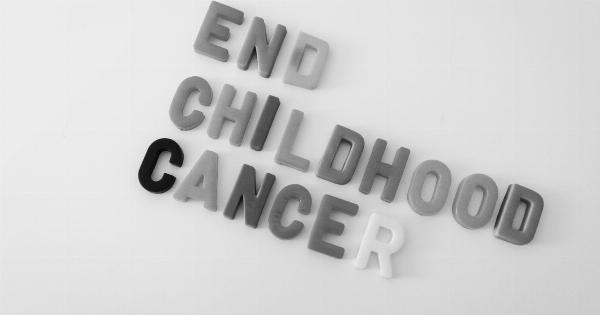Cancer is a frightening diagnosis, and that is true whether it affects an adult or a child.
However, detecting cancer in children can be especially difficult when there are no visible symptoms – which is often the case in the early stages of cancer.
But, though the signs and symptoms of childhood cancer can be subtle and easily overlooked, there are some warning signals that should always be taken seriously. Here are the symptoms that may indicate your child is at risk of cancer.
Headaches, persistent vomiting, and unexplained weight loss
Children who frequently complain of headaches or are often nauseated or vomiting may be suffering from a brain tumor. Dizziness and double vision can also be signs of a brain tumor.
While it is true that headaches, vomiting, and weight loss are often caused by other things – such as an infection or illness – if they seem to persist or are getting worse, it is essential that you take your child to see a doctor.
Changes in the eyes, abnormal swelling, and chronic pain
Leukemia is a cancer that affects the blood and bone marrow, and it is the most common type of cancer found in children. Signs and symptoms of leukemia often develop slowly or gradually, making it hardest to detect.
One of the early signs of leukemia is changes in vision, such as crossed eyes, trouble with vision, and white spots in the eye. Abnormal swelling, including swelling of the lymph nodes, abdomen, or arm, can also be a sign of leukemia. Chronic pain is another sign to look out for.
Unexplained fever, bruising, and persistent coughing
Unexplained fever is a common symptom of many types of cancer, including leukemia. Unexplained bruising or bleeding is also a warning sign – easy bruising is one of the most common symptoms of leukemia.
Persistent coughing that does not go away, even after treatment with antibiotics, can also indicate a type of cancer called lung cancer.
Muscle and joint pain, unexplained rashes, and abdominal pain
Osteosarcoma is a type of cancer that develops in the bones and often causes pain. Although it is more common in teenagers, it can occur in younger children as well.
Symptoms of osteosarcoma include bone pain, fractures, and swelling around the affected area. Ewing’s sarcoma is another type of bone cancer that can develop in teenagers and young children. It can cause pain, swelling, and tenderness in the arms, legs, or other parts of the body.
Unexplained rashes can be a sign of a cancer known as Hodgkin lymphoma, while abdominal pain can indicate kidney cancer, liver cancer, or neuroblastoma.
Persistent tiredness, irritability, and changes in appetite
A constant feeling of tiredness, irritability, and a change in your child’s appetite can be signs of cancer. Neuroblastoma is a type of cancer that affects the nervous system and can cause fatigue, irritability, and changes in appetite.
Changes in appetite can also be an early sign of brain cancer.
Conclusion
Parents and caregivers should always be aware of the signs and symptoms of childhood cancer, especially since it can be hard to detect.
However, by knowing what to look out for and seeking medical help promptly when something seems off, you can increase the chances of an early diagnosis and recovery.























